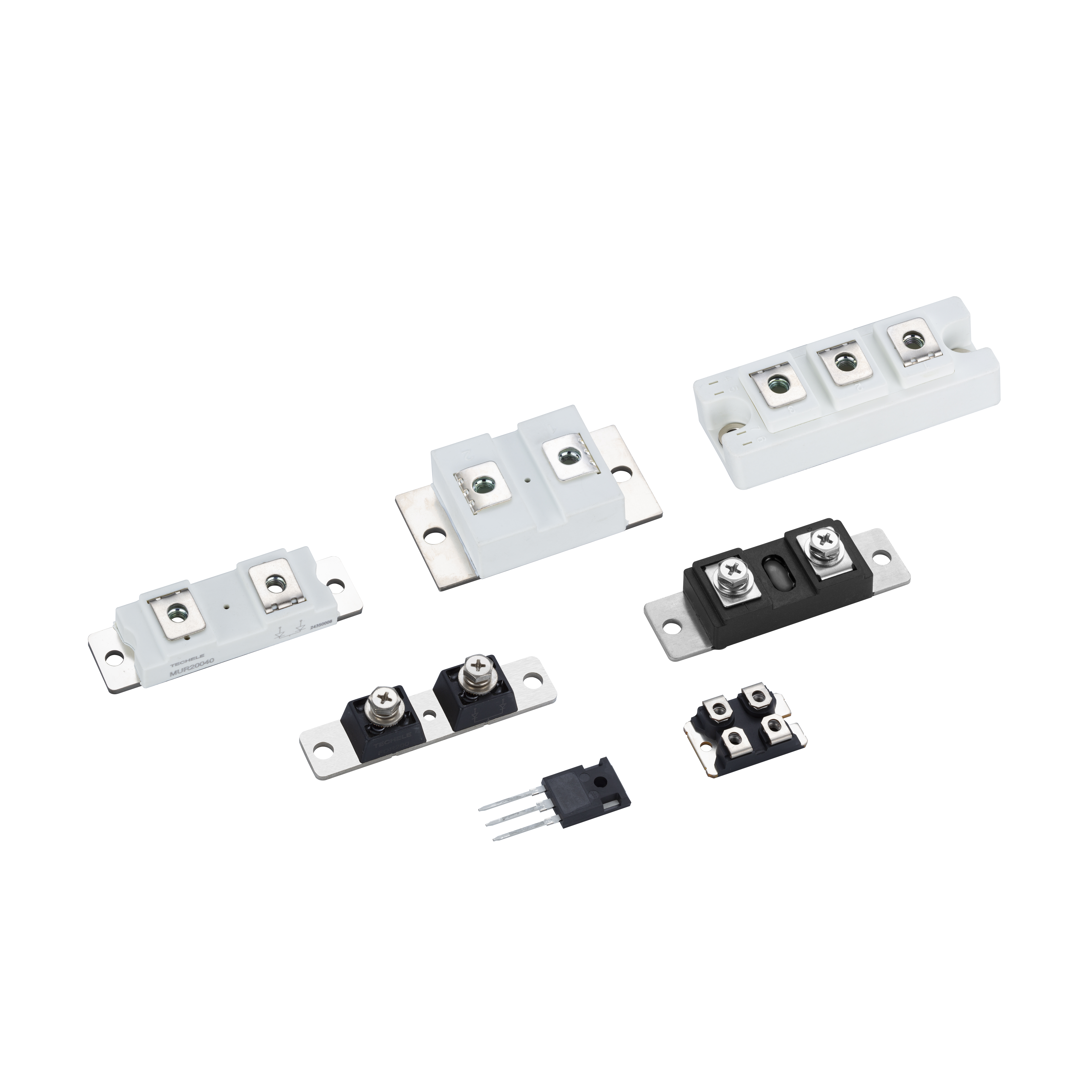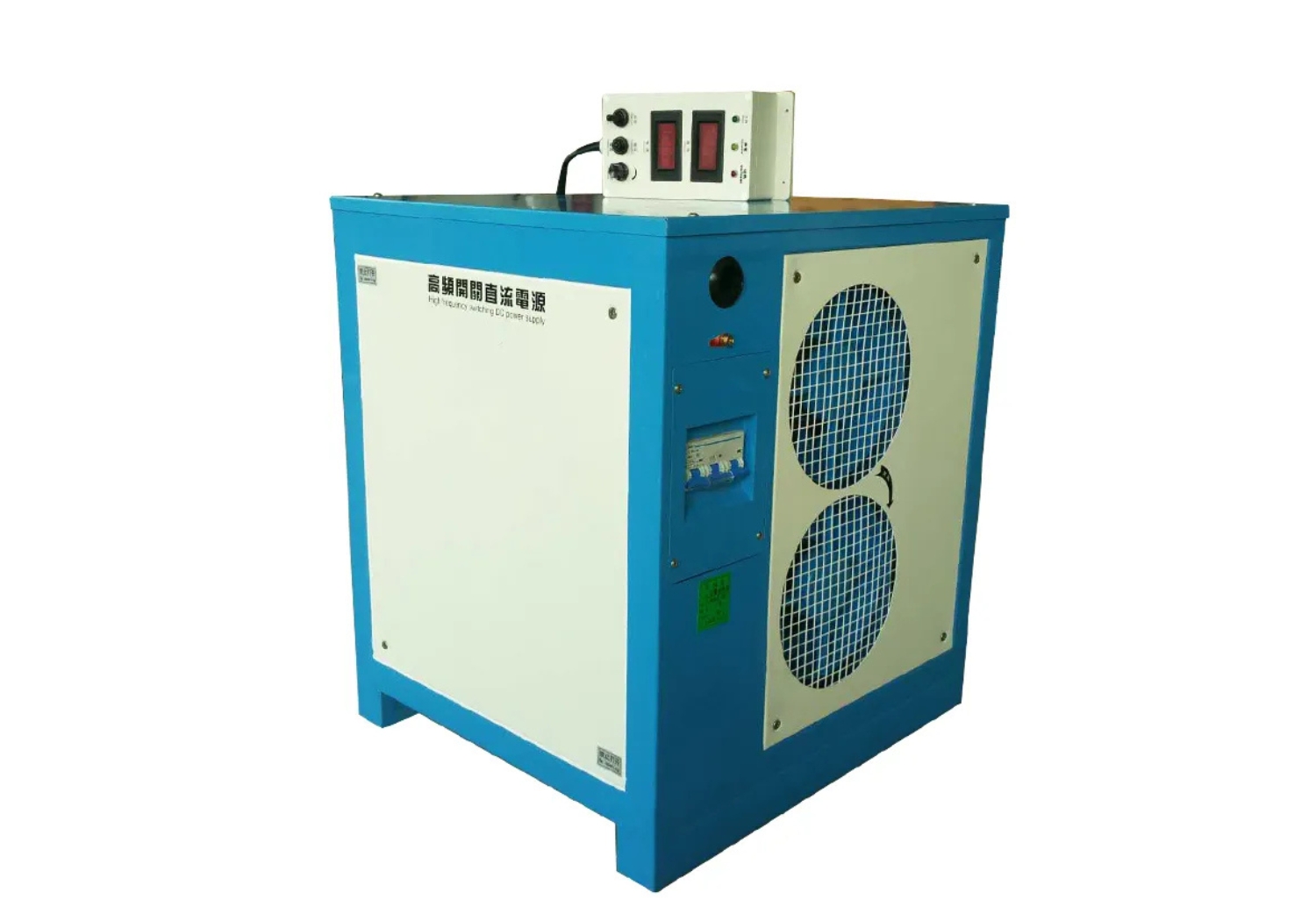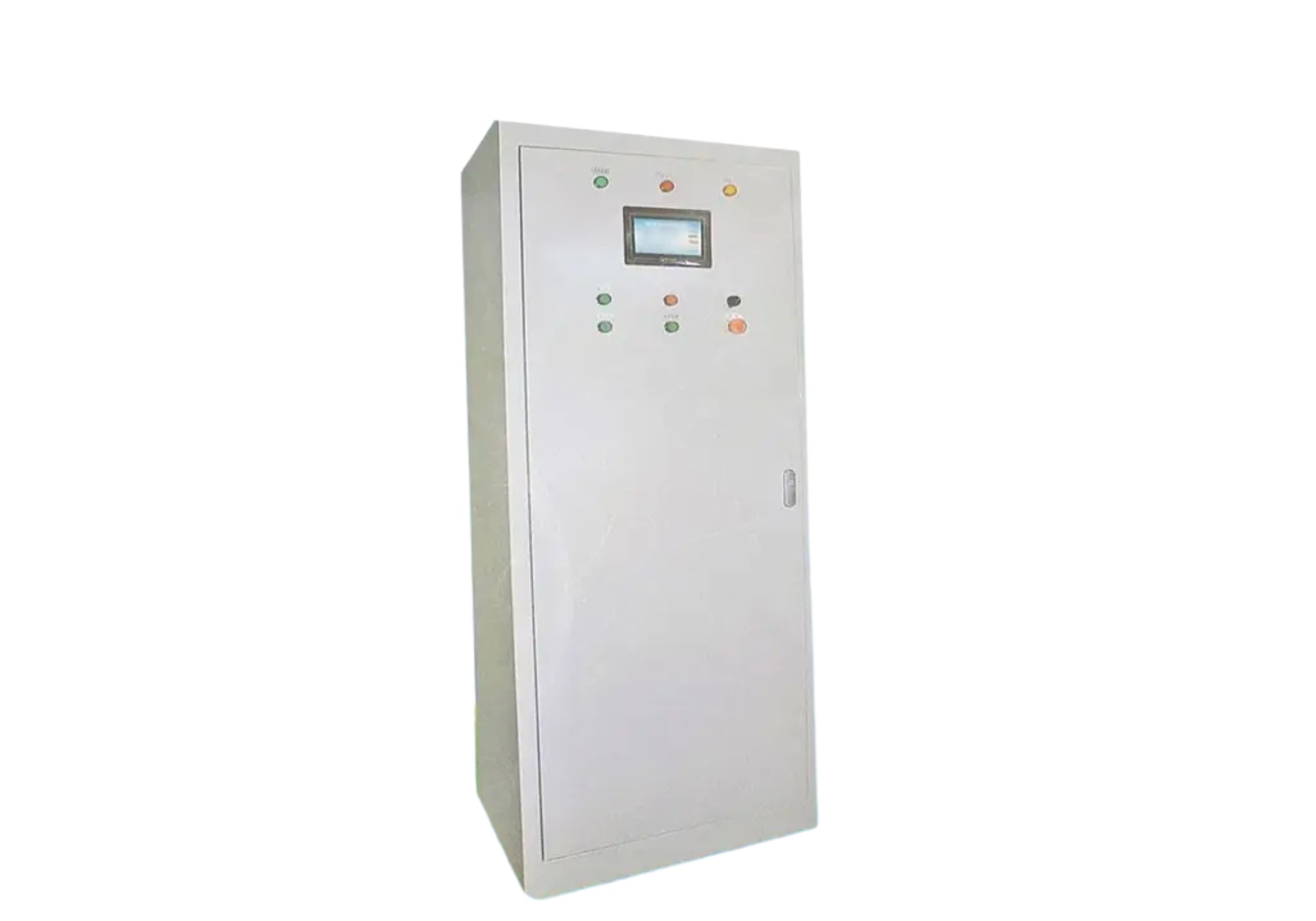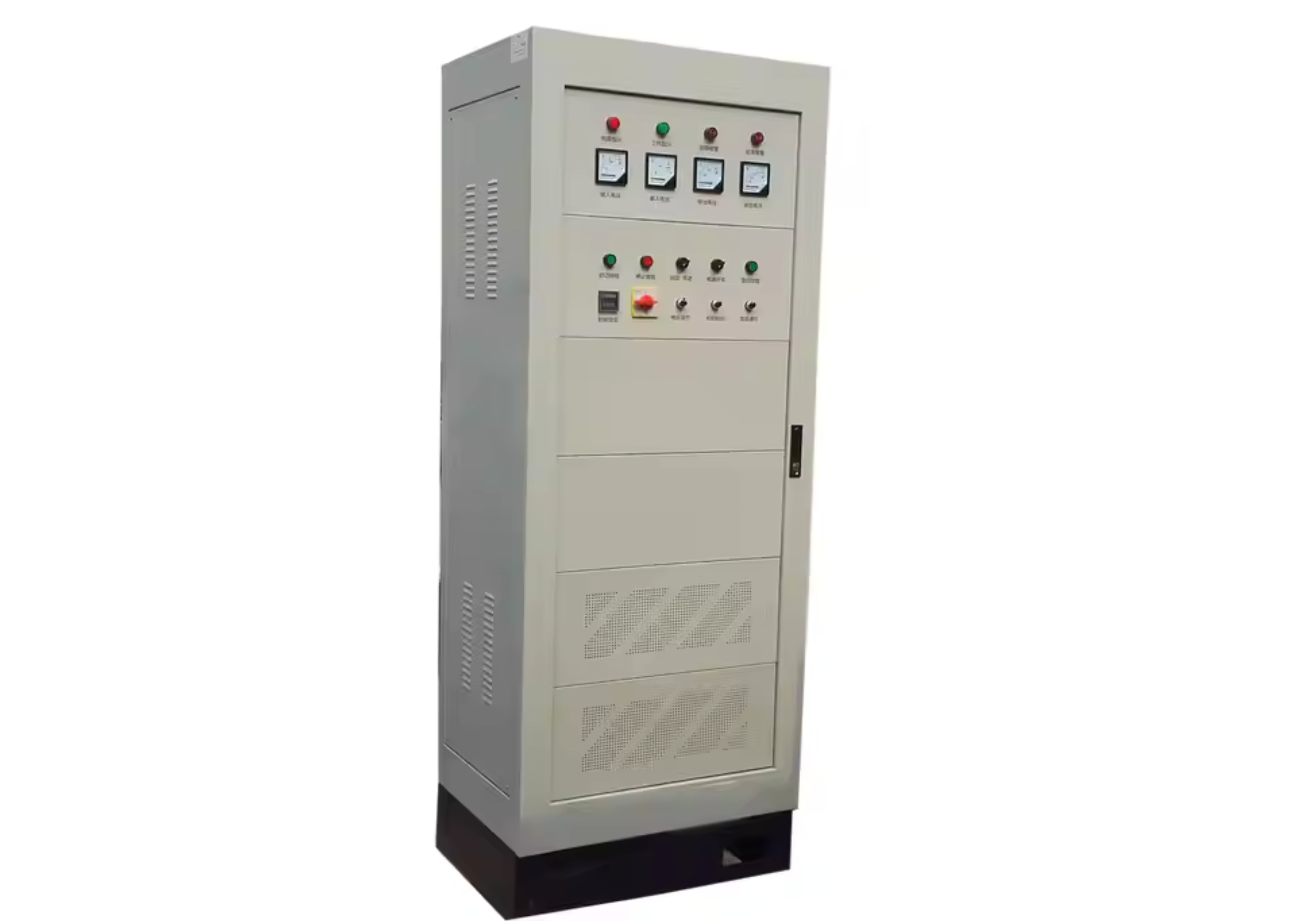Dual Thyristor Modules in Compact Industrial Systems: Power, Efficiency, and Application
In today’s increasingly compact and energy-demanding industrial setups, the dual thyristor module plays a central role in managing AC power. Its anti-parallel SCR structure allows for seamless bidirectional current control, essential in dynamic systems like elevator drives, servo mechanisms, and UPS platforms.
Core Features of Dual Thyristor Modules
Dual thyristor modules are known for their ability to handle High surge current events, which occur in environments where power levels fluctuate rapidly or where equipment like motors experience high inrush currents. The modules are also designed with low on‑state voltage, which means they conduct current with minimal power loss—ensuring energy efficiency even under heavy loads.
Their popularity in industrial phase control systems stems from their stability, responsiveness, and durability. In facilities where precision power modulation is necessary—whether to reduce mechanical wear or control heating elements—dual thyristor modules prove indispensable.
Their design typically includes a compact package, which is crucial for modern installations where cabinet space is limited. This allows engineers to integrate reliable switching and regulation functions without sacrificing space for other control units or wiring.
Application of Dual Modules in High-Performance Fields
Let’s explore how these modules are used across specific sectors:
Elevator Control Systems: In vertical transport systems, control reliability is non-negotiable. The dual thyristor module enables smooth acceleration and deceleration, regulating torque and protecting motors from overload. These benefits are particularly vital when integrated into elevator UPS servo drive configurations, where uptime and safety are paramount.
Servo Drives in Automation: Servo systems need finely tuned voltage regulation. Dual modules allow for responsive phase control, improving the precision of robotic arms, CNC tools, and automated production lines.
UPS Backup Solutions: Seamless switchover during power failure requires devices that respond in milliseconds. Dual thyristor modules provide the necessary speed and fault tolerance, even in compact package designs.
500A and 250A Industrial Applications: In systems rated at 500A or 250A, the dual module’s current-handling capability is critical. Surge protection during load spikes ensures uninterrupted operation without stressing internal circuits.
Temperature-Regulated Environments: In plastic forming, metal treatment, or clean room HVAC control, dual thyristor modules manage heat elements efficiently. Their low on‑state voltage also minimizes thermal buildup, extending system longevity.
Compact Construction with Ceramic or Hybrid Bases
Modern modules often incorporate a ceramic or hybrid substrate base, allowing them to maintain performance while operating under constant thermal pressure. This helps achieve better insulation and fast heat dissipation—essential when mounted in compact package layouts.
Moreover, their robustness means they can handle the physical stress of mobile or vibration-prone environments, making them ideal for installation in moving systems like elevators or equipment with frequent mechanical shock.
Considerations for Optimal Deployment
To harness full module performance:
Design with Proper Heatsinks: Match heatsinks to the module’s dissipation capacity.
Secure Electrical Interfaces: Use correct cable terminals and torque levels to avoid arc faults.
Respect Surge Current Ratings: Don’t exceed High surge current limits, especially during startup cycles in servo or UPS systems.
Maintain Clean Thermal Interfaces: Dirt or uneven TIM application can cause thermal failure.
Looking Forward: Smarter and More Efficient Modules
With ongoing innovations, dual thyristor modules are getting smarter. Next-generation models may include self-monitoring for gate health, case temperature, and surge logs—giving maintenance teams valuable diagnostic insights.
At the same time, the push for greener designs has manufacturers optimizing semiconductors for even lower on‑state voltage and higher current densities—pushing performance without growing the module footprint.
Ultimately, whether in a 500A industrial motor drive, a ceramic base servo controller, or a space-conscious elevator UPS servo drive unit, the dual thyristor module’s role remains pivotal.






